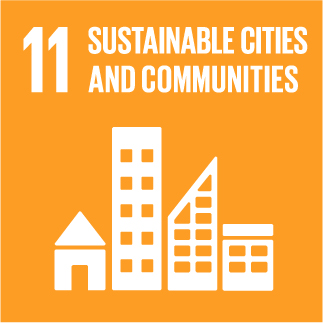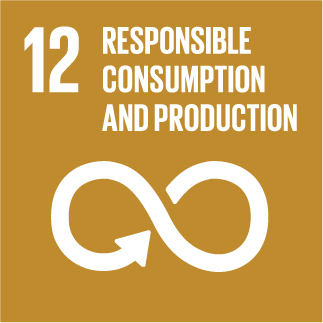Integrated manufacturing of REciclable multi-material COmposites for the TRANSport sector
METHOD AND PRODUCT FOR MANUFACTURING SUSTAINABLE, ENVIRONMENTALLY FRIENDLY, FLEXIBLE LEATHER-LIKE COVERINGS BASED ON BIORESINS FROM ORGANIC OR RECYCLED MATERIALS
Currently, highly polluting and non-sustainable polyurethane synthetic leathers, polyester textiles and petroleum derivatives are used. There is a need for the major fashion industries to choose sustainable and environmentally friendly alternatives such as leathers based on organic raw materials, and there is no better way than with agroindustrial waste, capable of meeting needs, as well as providing a diode-laser-based method that is both profitable and environmentally friendly and, above all, uses cutting edge technology, with energy efficiency achieved through automation without human intervention in a continuous supply. The method used comprises dehydrating, grinding and mixing these bioresins made with organic waste, which is reused in the disposal thereof to manufacture coverings, footwear items, leather goods, clothing, upholstery for the automotive industry and furniture, backpacks and book covers, and as a substitute of covers for various products that require external protection, achieving a biodegradable, environmentally friendly leather. With this in mind, the innovation is based on a method and formula for manufacturing a product based on organic waste generated by the food industry, with applications in the production of environmentally friendly and sustainable, flexible leather-like coverings, with use for multiple applications such as upholstery and covers for various objects that require a cover and finishing. The formulation, method and product has multiple applications, specifically materials coming from organic waste materials, and the advantage of reducing the use of plastic covers that pollute nature and the environment, being environmentally friendly, recyclable and biodegradable.

» Number: WO2025221133A1 (A1)
» Publication Date: 23/10/2025
» Applicant: MINCITAR VALLADARES HECTOR HUGO?[MX]; CASTRO RAMOS JORGE EMMANUEL?[MX] (1)
» Inventor: MINCITAR VALLADARES HECTOR HUGO?[MX]; CASTRO RAMOS JORGE EMMANUEL?[MX] (1)

This project has received funding from the European Union's Horizon 2020 research and innovation programme under grant agreement Nº 768737


